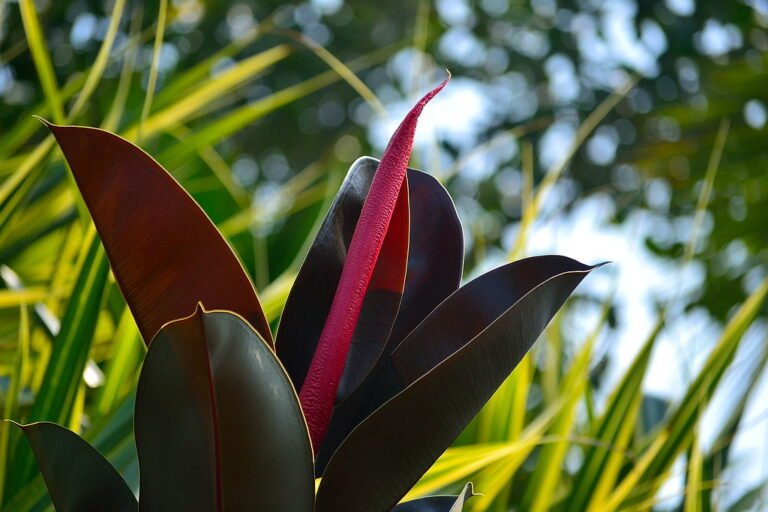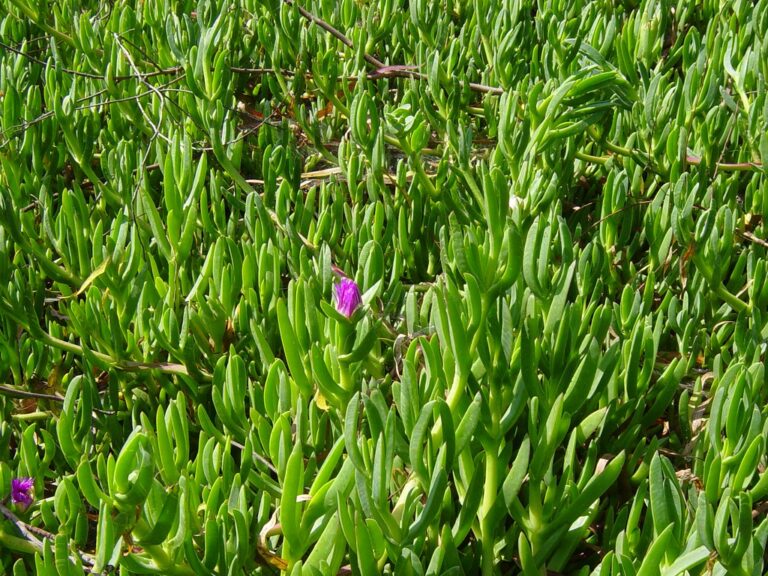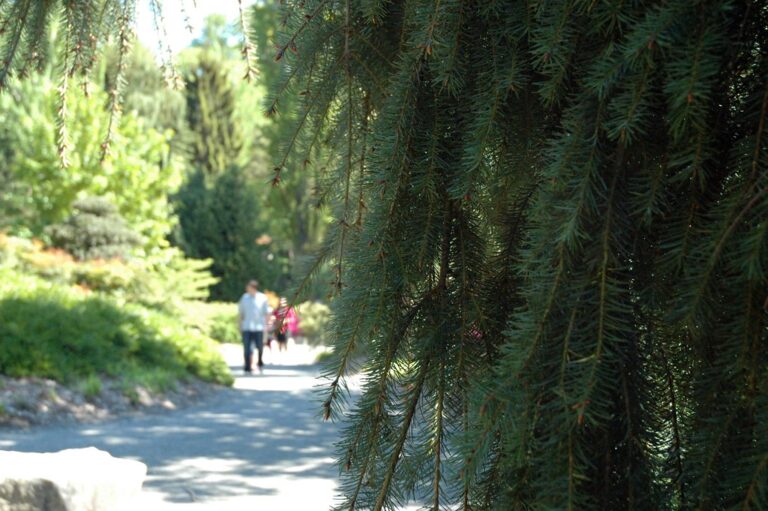Understanding Olive Egger Roosters: Characteristics and Care
Studying Olive Egger roosters reveals a fusion of traits from intentional crossbreeding, resulting in unique plumage colors and patterns. They weigh around 6.5 to 7.5 pounds, with sturdy bodies and diverse color assortments. Demonstrating a friendly and protective nature, they establish a hierarchy within the flock and contribute to egg quality. Providing adequate space in a secure coop guarantees their health and safety. Insulation is vital during colder months, and regular checks maintain coop integrity. Understanding these characteristics and care practices exposes a world of genetic diversity and fascinating behaviors.
Origin and Heritage of Olive Egger Roosters
The origin and heritage of Olive Egger roosters trace back to the intentional crossbreeding of blue egg layers and dark brown egg layers, resulting in a unique hybrid chicken with a blend of traits from both parent breeds. These hybrid chickens inherit a diverse array of characteristics from their lineage. Their heritage contributes to their unique qualities, making them intriguing additions to any backyard flock.
The combination of blue egg layers and dark brown egg layers gives Olive Egger roosters their distinct genetic makeup. This blend of traits results in a chicken that stands out due to its varied plumage colors and patterns. The mix of characteristics from the parent breeds also influences the temperament and egg-laying abilities of these roosters.
As hybrid chickens, Olive Egger roosters offer a fascinating study in genetic diversity. Their heritage showcases the ingenuity of intentional crossbreeding, aimed at producing a chicken with desirable traits from different lineages. The resulting blend of traits not only makes them visually appealing due to their diverse plumage colors but also improves their overall appeal as valuable members of a backyard flock. The unique qualities of Olive Egger roosters stem from their rich heritage and the careful selection of parent breeds for crossbreeding.
Physical Appearance and Color Patterns
Originating from a blend of blue egg layers and deep brown egg layers, Olive Egger roosters showcase a diverse range of plumage colors and patterns, typically weighing between 6.5 to 7.5 pounds with distinctive features inherited from their parent breeds. These roosters exhibit a sturdy body structure, with a compact build that gives them a robust appearance. The physical aspect of Olive Egger roosters can vary greatly due to their mixed heritage, resulting in a varied array of color patterns.
When observing Olive Egger roosters, one may encounter a range of plumage colors, varying from solid black to mixed shades of gray and brown. Some individuals may display unique characteristics such as pea combs, feathered legs, or muffs, which add to their overall charm. The presence of barring or speckling on their feathers further adds to the distinctiveness of Olive Egger roosters.
It is important to note that the mixed lineage of Olive Egger roosters influences their appearance, making each bird unique in regards to coloration and patterning. Breeders and enthusiasts of these roosters often appreciate the surprises that come with their varied physical traits, creating a visually appealing flock with a touch of individuality.
Temperament and Behavior Traits
With their friendly and docile nature, Olive Egger roosters demonstrate an approachable demeanor that makes them easy to handle and interact with. These roosters are known for being protective of their flock, showcasing leadership qualities without exhibiting excessive aggression towards humans. While they may exhibit territorial behavior, especially during the breeding season, Olive Egger roosters are generally not hostile towards caretakers.
Olive Egger roosters have a social inclination and enjoy engaging with their human companions. Their curiosity and intelligence make them receptive to interactions, further enhancing their amicable nature. Proper socialization and handling from an early age are essential in maintaining the friendly and approachable demeanor commonly associated with these roosters.
Their social nature also extends to interactions within the flock, where they establish a hierarchy with other chickens. This hierarchical structure helps in maintaining order and minimizing conflicts within the group. As natural leaders, Olive Egger roosters exhibit a balance between assertiveness and sociability, making them well-rounded individuals in a poultry setting.
Egg Production and Quality
Olive Egger roosters’ role in egg production and quality is vital, influencing genetic traits passed down to the hens. While they do not lay eggs themselves, their contribution to the breeding process is significant. The genetics and traits carried by the rooster can impact the quality of eggs produced by the Olive Egger hens. By fertilizing the eggs, roosters play a direct role in determining the characteristics of the offspring, influencing factors such as shell strength, yolk color, and overall fertility.
Care for the Olive Egger rooster is essential to guarantee ideal egg production and quality within the flock. Providing a well-balanced diet rich in essential nutrients, adequate living space, and regular health check-ups are vital components of their care regimen. A healthy and well-maintained rooster is more likely to exhibit strong fertility, which can positively impact the overall productivity of the flock.
In addition to their genetic influence, Olive Egger roosters also display protective behaviors towards the hens, contributing to a secure environment that can improve egg production. Their watchful nature helps safeguard the flock from potential threats and predators, further highlighting the importance of their role in maintaining a thriving egg-laying operation.
Care and Maintenance in Coop Settings
Ensuring ideal care and maintenance in coop settings for Olive Egger roosters is essential for their health and productivity within the flock. To achieve this, the following practices are critical:
- Provide Adequate Space: Allocate a minimum of 4 square feet per Olive Egger rooster in the chicken coop. Sufficient space allows the roosters to move freely, reducing stress and potential conflicts within the flock.
- Ensure Secure Housing: Construct predator-proof housing to shield Olive Egger roosters from external threats. Proper fencing, sturdy latches, and regular checks on coop integrity are crucial in safeguarding the roosters.
- Maintain a Clean Coop: Regularly clean the coop to prevent the buildup of waste and harmful bacteria. A hygienic environment promotes the roosters’ health and well-being, reducing the risk of diseases.
- Provide Insulation for Cold: Insulate the coop during colder months to protect Olive Egger roosters from harsh weather conditions. Adequate insulation helps maintain a cozy environment, ensuring the roosters stay warm and healthy.






